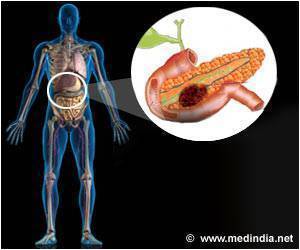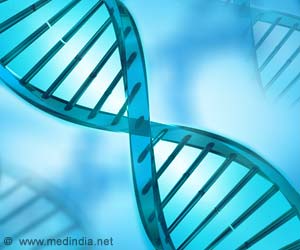A scientist revealed that the technology that peeks underneath clothing at airport security screening check points has great potential for looking underneath human skin to diagnose cancer at its earliest and most treatable stages.

Anis Rahman, Ph.D., who spoke on the topic, explained that malignant melanoma, the most serious form of skin cancer, starts in pigment-producing cells located in the deepest part of the epidermis. That's the outer layer of the skin. Biochemical changes that are hallmarks of cancer occur in the melanocytes long before mole-like melanomas appear on the skin.
"Terahertz radiation is ideal for looking beneath the skin and detecting early signs of melanoma," Rahman said. "T-rays are different from X-rays, which are 'ionizing' radiation that can cause damage. T-rays are a form of 'non-ionizing' radiation, like ordinary visible light, but they can be focused harmlessly below into the body and capture biochemical signatures of events like the start of cancer."
T-rays occupy a niche in the spectrum of electromagnetic radiation, which includes X-rays and visible light, between microwaves like those used in kitchen ovens and the infrared rays used in TV remote controls. One of the advantages of T-rays is that they penetrate only a few millimeters through cloth, skin and other non-metallic material. Ten sheets of printer paper would be about 1 millimeter thick. This key characteristic has led to their use in quality control in the pharmaceutical industry to check the surface integrity of pills and capsules, in homeland security to remotely frisk underneath clothes, and as a non-destructive way of probing beneath the top layers of famous paintings and other culturally significant artwork.
Rahman, president and chief technology officer of Applied Research & Photonics in Harrisburg, Pa., said that medical imaging is one of their newest and most promising potential uses. He described research focusing T-rays through donated samples of human skin that suggest the technology could be valuable in diagnosing melanoma.
In addition to developing T-rays for cancer diagnostics, Rahman's team has successfully harnessed them to measure the real-time absorption rates and penetration in the outer layer of skin of topically applied drugs and shampoo — measurements that until now had not been possible.
Source-Eurekalert
 MEDINDIA
MEDINDIA




 Email
Email









